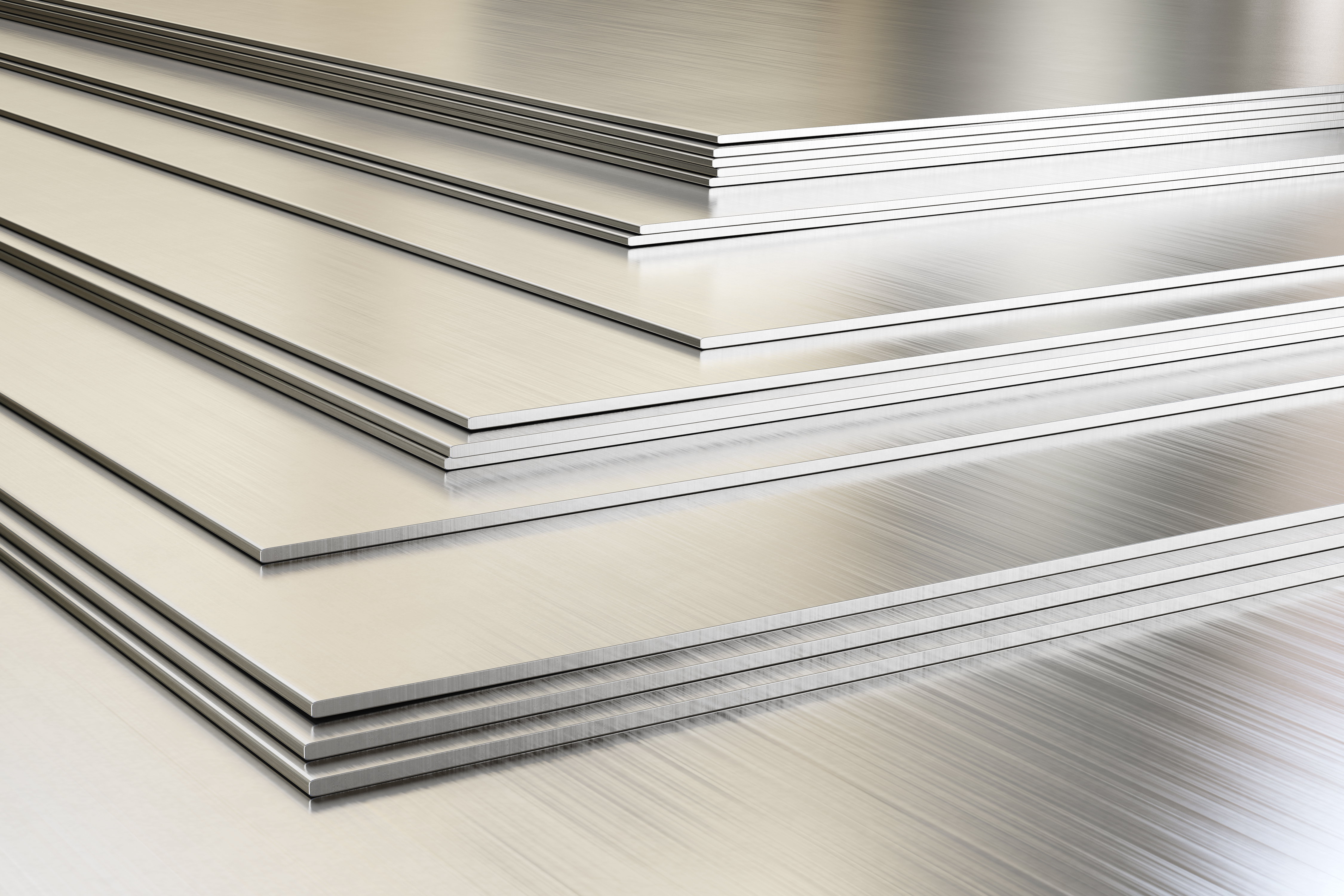Calfen
Calfen is everywhere. It's in your home, in your car, it's even in your pocket right now. So if you want to boycott our mines and foundries, well, you'll have to make a few sacrifices.
Calfen, also known as Super-Steel or Wonder Steel, is an alloy made up of iron and aluminum, with a small portion of carbon and nickel to improve its fracture resistance and tensile strength. Its name originally refered to its individual chemical components, which are C-Al-Fe-Ni. The resulting alloy is often mixed with chromium to produce a corrosion-resistant metal. Because of its low density and somewhat higher durability compared to traditional steel, calfen has progressively become the go-to construction material. It is now used in buildings, infrastructure, vehicles and everyday items alike. While its manufacturing process is more complex than traditional steel, the abundance of resources and mills dedicated to its production means that it remains an affordable construction material for any project, no matter how small or how large.
Since its invention, industrial calfen is entirely produced in orbital foundries across Elysium. This is both because of an industry-wide shift towards space assets and because of its complex manufacturing process, requiring highly accurate treatment to produce it. Modern calfen comes in a variety of grades depending on its composition and its production method, with more than 4 billion tons produced each year. This calfen is used everywhere, from kitchen ustensils to massive warships, making it one of the most, if not the most, versatile material in the world.
Usage
Material
Discovered:
2067 A.D.
Major Users:
Vestan Federation
Enodian Ascendancy
Elysian Security Organization
Unity Concord
Non-Aligned Nomad Fleets
Criminal Underworld




Comments